Discover the Right Cabling for Your Network Needs
An astounding 70% of network downtime is caused by cabling issues. Choosing the right cabling for your network is more crucial than ever. In this article, we will guide you through the diverse types of cabling, helping you make an informed decision for your network’s specific needs.
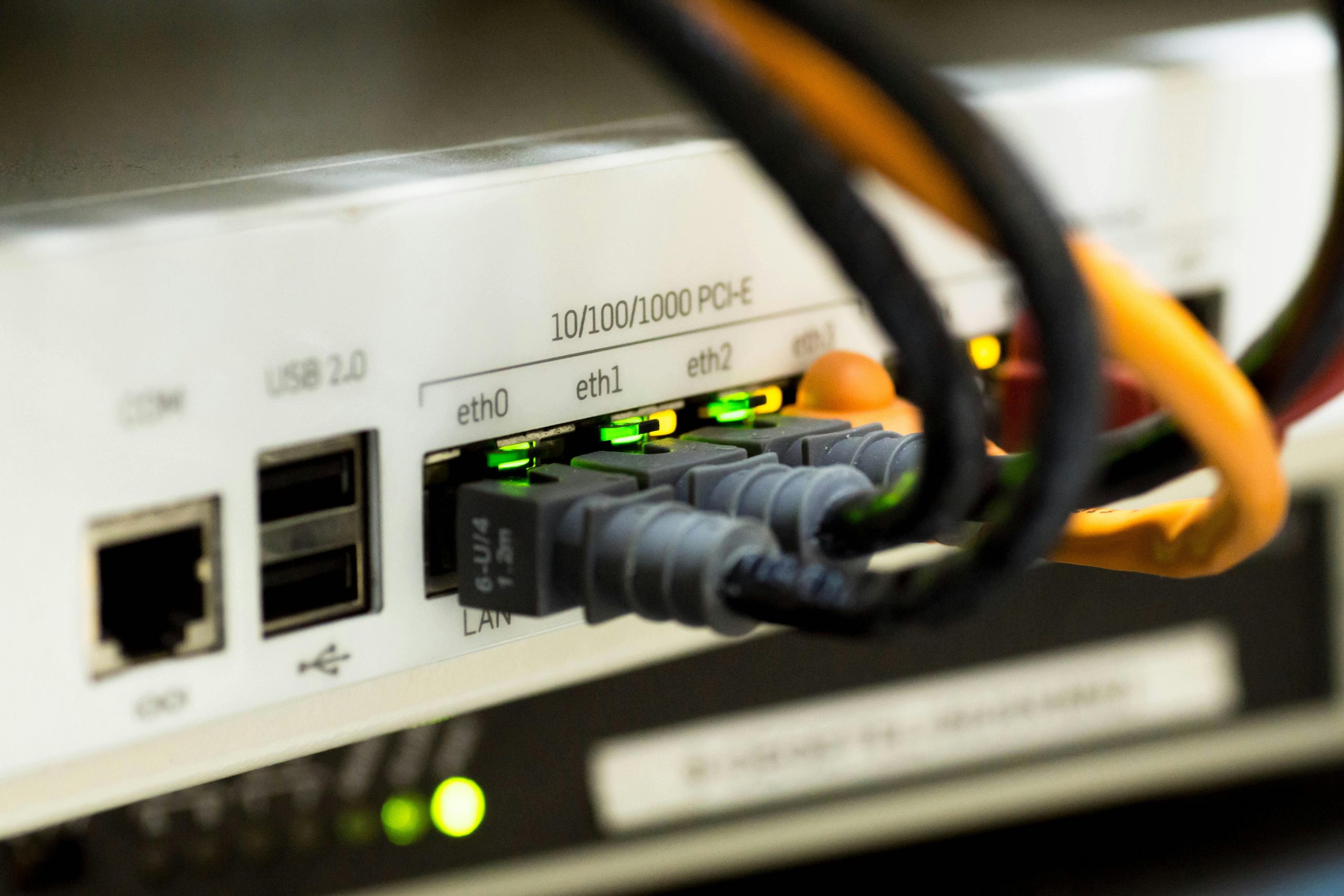
Understanding the Types of Cabling: Cat 5, Cat 5E, Cat 6, Cat 6A, Fiber Optic Cabling
Selecting the right network cable type is integral to ensuring efficient data transfer and minimizing network downtime. Different types of ethernet cables such as Cat 5, Cat 5E, Cat 6, and Cat 6A each come with unique transmission capacities and uses.
Why Choosing the Right Cabling is Crucial for Your Network
The choice of cabling can significantly impact your ethernet network’s performance. Poor cabling choices might result in slow data transfer rates, while superior options like Cat 6 or fiber optic cabling provide better reliability and gigabit speeds. Additionally, correct cabling reduces electromagnetic interference, ensuring seamless operations.
An Overview of Ethernet Cable Types
Among network cables, ethernet cabling comes in several variations, each designed for specific uses. For instance, Cat 5 and Cat 5E cables are great for home networks, providing supportive shielded twisted pair cables features. On the other hand, structured cablings like Cat 6 and Cat 6A support gigabit ethernet, ideal for commercial or high-performance settings.
Difference Between Cat Cabling: Cat 5 vs. Cat 5E vs. Cat 6 vs. Cat 6A
Understanding the difference between cat cables involves recognizing variations in performance and purpose. While Cat 5 cables are suitable for basic setups, Cat 5E offers better performance with reduced electromagnetic interference. Cat 6 provides enhanced capabilities for environments with higher data demands, while Cat 6A is renowned for backward compatibility, optimizing both current and future-proofing needs.
Types of Ethernet Cables for Various Network Needs
Each type of ethernet cable fits distinct needs based on their construction and capacity. For example, Cat 5E is backward compatible, making it a versatile choice, whereas Cat 6 and Cat 6A cater to environments requiring shielded twisted pair setups for reduced interference.
Ethernet Cabling: Comparing Performance and Cost
When weighing cabling options, the cost must be balanced with its performance. Cat 5E and Cat 6 offer good value for standard applications, while Cat 6A, though pricier, promises superior reliability for complex ethernet networks.
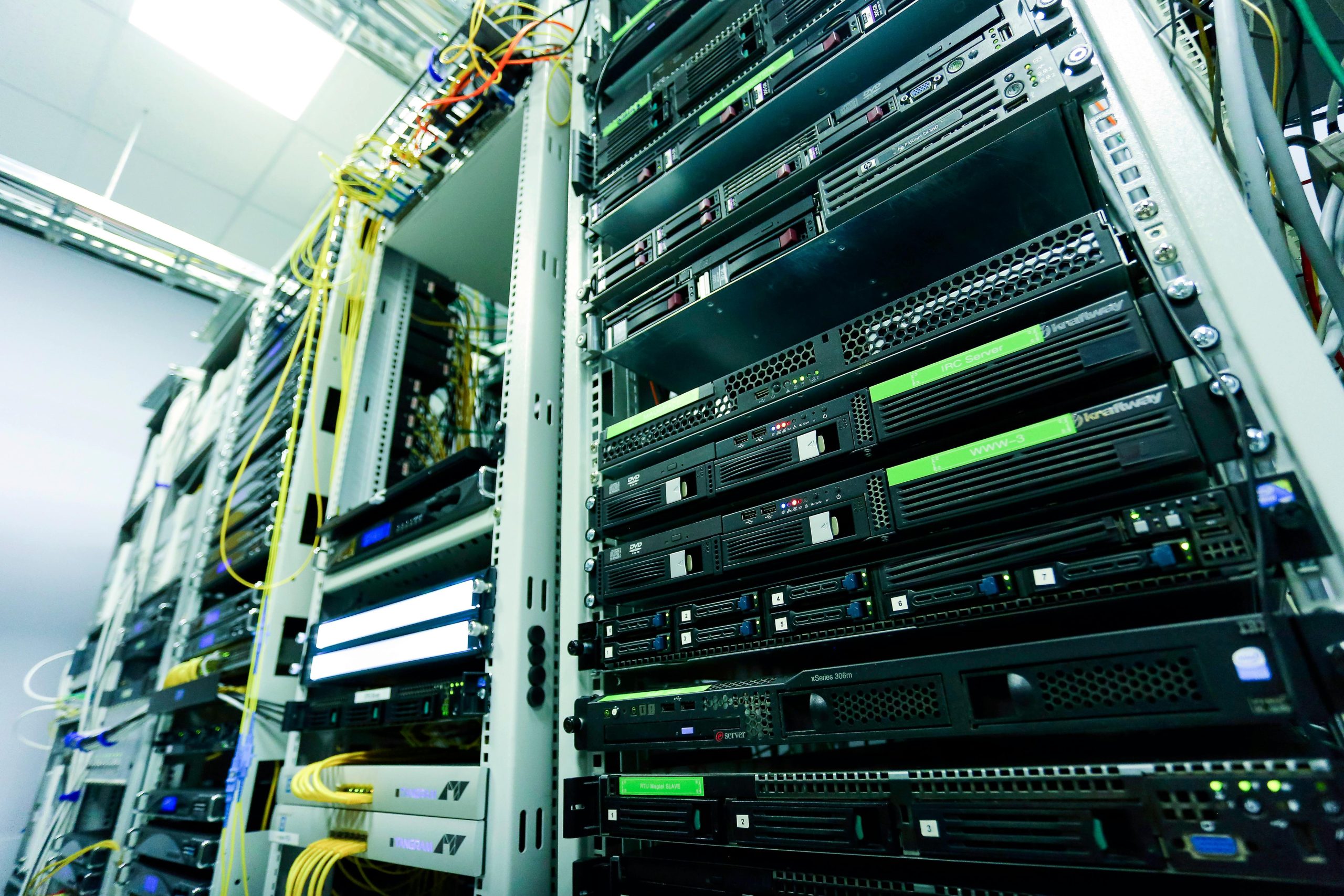
The Role of Fiber Optic Cabling in Modern Networks
Fiber optic cabling stands at the forefront for modern high-speed network demands, supporting applications with high-speed internet and data-heavy operations. More than just speed, fiber optics present numerous advantages in data centers where minimizing electromagnetic disruptions is critical.
When to Consider Fiber Optic Cabling Over Copper
Fiber optic cabling is apt for environments where long-distance data transfer and minimal disruptions are paramount. Compared to traditional copper wires, fiber optics excel in situations demanding large bandwidths with unparalleled reliability.
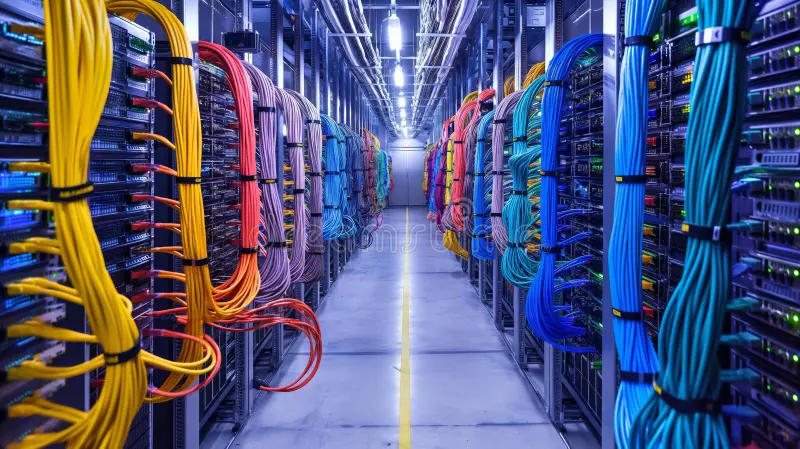
Structured Cabling: A Foundation for Reliable Communication
Structured cabling provides a systematic way to manage large-scale networks. Its design fosters simplicity by reducing the cable runs between different system components, allowing for much more secure and reliable connections.
Specialized Cabling: Telephone and Computer Cabling Explained
Specialized cabling encompasses telephone and computer cabling solutions, distinguished by their varied use cases and technological specifications. This includes delicate twisted pair cable design, which ensures high-quality connections and gigabit ethernet readiness.
Inside Cabling and Its Importance for Secure Networks
Inside cabling serves as a key player in ensuring secure networks for businesses. Using precise cable setups and strategically arranged twisted pairs, these networks boast consistent data transfer efficiency and security.
Feeder Cables: Essential Elements of Large-Scale Installations
Feeder cables play a pivotal role in large networks, distributing power efficiently across various components. They are integral in ensuring smooth operation in settings like industrial data centers and expansive commercial networks.
Exploring Underground and Aerial Cabling
Advantages of Underground Cables in Urban Environments
In bustling urban landscapes, underground cables provide an efficient and secure means of handling network distribution. They mitigate the disruptions caused by environmental elements and aesthetic concerns prevalent with aerial setups.
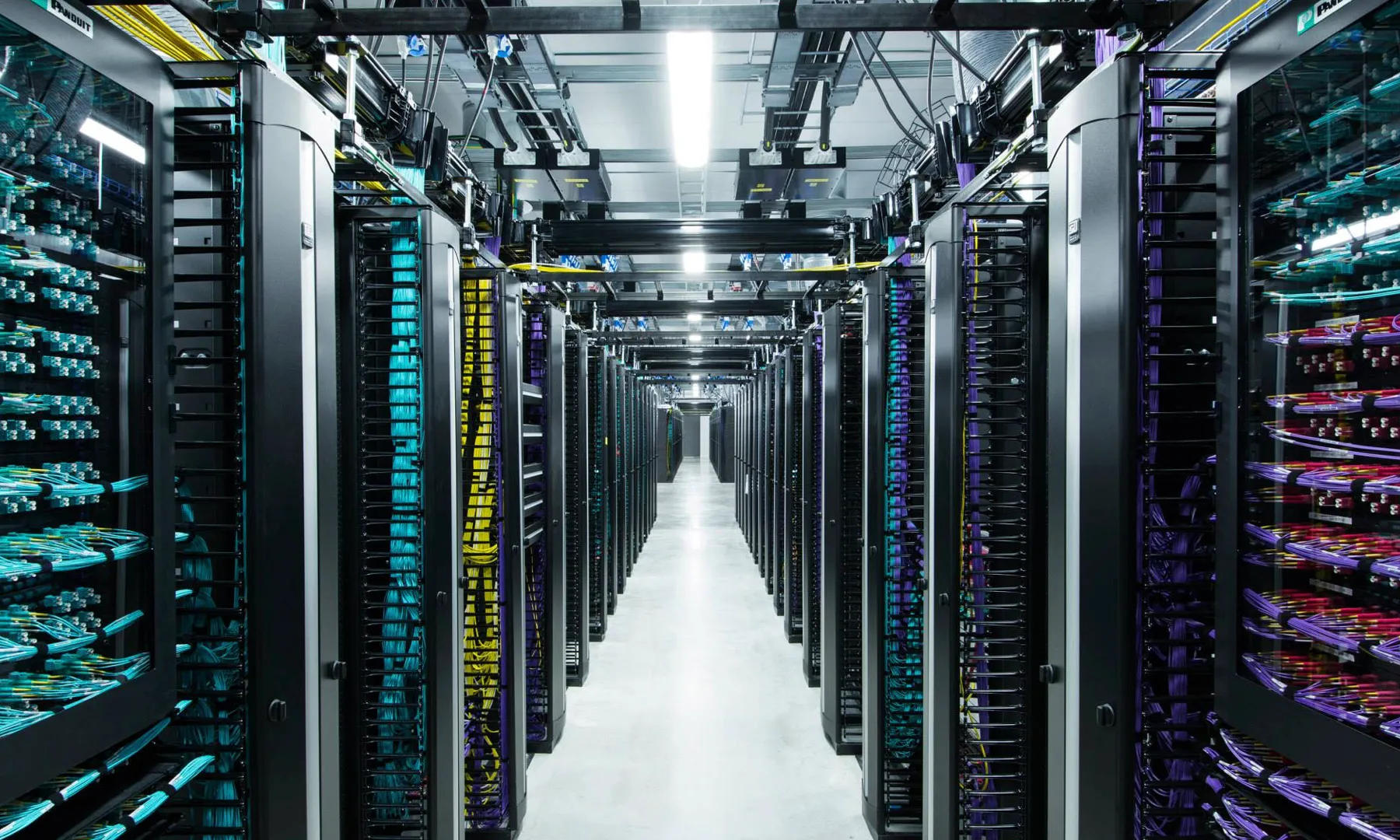
Aerial Cables: Installation and Maintenance Considerations
Aerial cabling, utilized in less densely packed or rural settings, offers cost-effectiveness and ease of maintenance. However, it demands regular oversight to withstand environmental challenges like weather conditions.
What are the 4 Types of Network Cables?
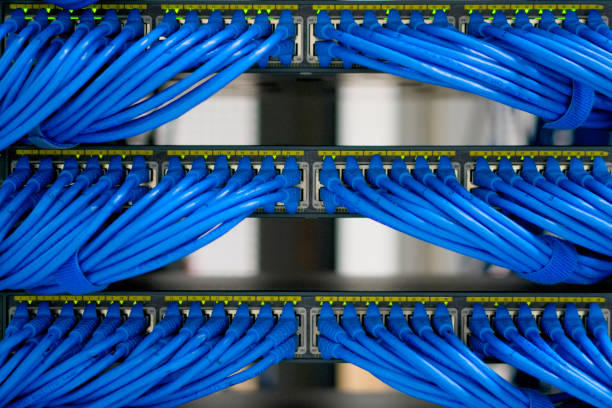
Answering the Question: What are the 4 Types of Network Cables?
The four predominant types of network cables are: twisted pair cables, coaxial cables, fiber optic cables, and power line cables. Each type supports distinct functionalities, suitability, and applications in varying network environments.
Which is Better: Cat5 vs 5E vs 6A vs 6?
Evaluating Cat5 vs 5E vs 6A vs 6: Making the Right Choice for Your Needs
When assessing these cable types, factors such as backward compatibility, performance, cost, and infrastructure requirements play significant roles. While cheaper Cat 5 and 5E cater to straightforward setups, Cat 6 and 6A provide enhanced features suitable for sophisticated technology paradigms.
Is Cat7 Overkill for Home Use?
Assessing the Need for Cat7 in Residential Settings
With the rise of smart home devices, some prefer implementing Cat7 for future-proofing despite its considerable expense. However, for many home setups, Cat 6A cabling typically suffices, ensuring gigabit ethernet capability without excessive investment.
What are the Different Types of Cat Cables?
Unpacking the Diversity of Cat Cables for Various Applications
Cat cables, spanning from Cat 5 up to Cat 8, serve a plethora of networking applications. While Cat 5 handles basic connectivity, Cat 6 and beyond excel in high-speed and interference-minimized settings, supporting extensive technological advancements.
Industry Experts Weigh In: Quotes on Cabling Solutions
“Choosing the right type of cabling is essential to ensure the efficiency and reliability of your network.”
Cabling Comparison Table
| Type of Cable | Specifications | Applications | Cost |
|---|---|---|---|
| Cat 5 | 100 Mbps, 100m | Residential, Small Office | $ |
| Cat 5E | 1 Gbps, 100m | Office, Small Business | $$ |
| Cat 6 | 10 Gbps, 55m | Commercial, Data Centers | $$ |
| Cat 6A | 10 Gbps, 100m | Large Businesses, Industrial | $$$ |
| Fiber Optic | 40 Gbps, Variable | Large Scale Deployments, Internet Backbone | $$$$ |
Final Thoughts and Recommendations
Choosing the right types of cabling greatly influences your network’s success. Consult with experts to navigate these choices, or reach out for a complimentary consultation. Ensuring the efficiency, cost-effectiveness, and performance of your network is only a decision away.





